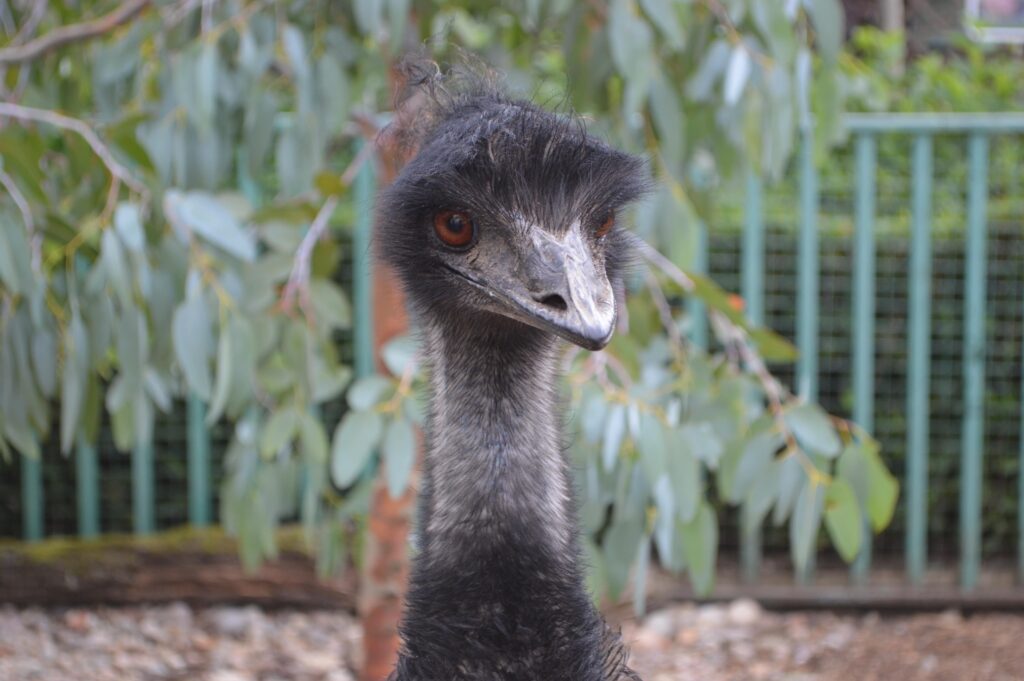Key Facts

Emus form breeding pairs, and may remain together for about five months. Emus are farmed through out the world for their meat, leather and feathers.
During the breeding season, males experience hormonal changes; they construct a rough nest in a on the ground from bark, grass, sticks and leaves. Females lay an average of 11 (and as many as 20) very large, thick-shelled, dark-green eggs. The male becomes broody after his mate starts laying, and begins to incubate the eggs before the laying period is complete. From this time on, he does not eat, drink or defecate, and stands only to turn the eggs, which he does about 10 times a day. Over eight weeks of incubation, he will lose a third of his weight and will survive only on stored body-fat and on any morning dew that he can reach from the nest.

Social